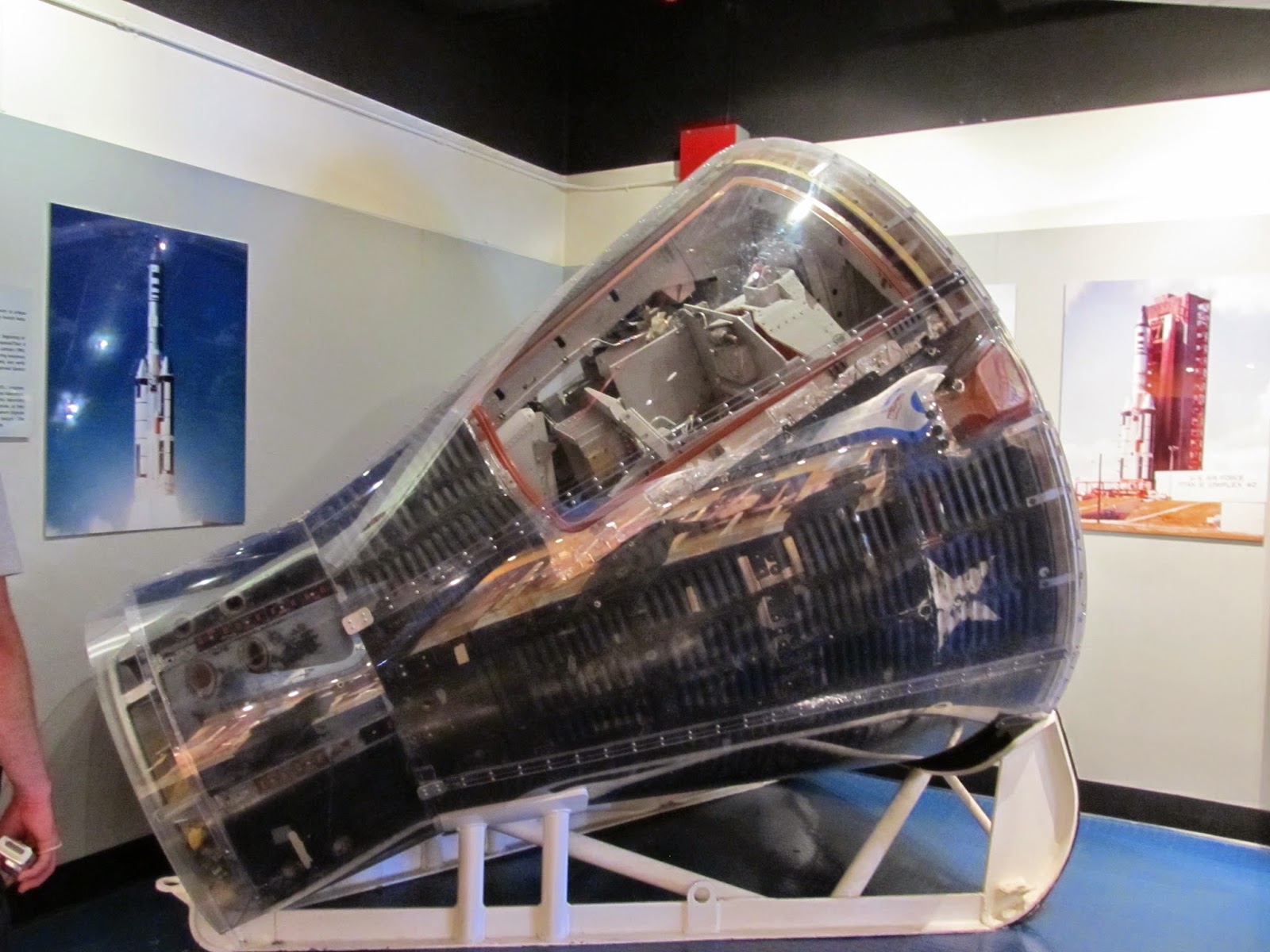Alex Anderson finished version 1.0 of our new Farpoint web site. What do you think?
Farpontstation.org
There are still a few features to be added
1. There will be a cadet lounge for members of the Farpoint Voyager Space and Science Club. The cadet lounge will have a forum for posting messages and threads relating to the Long Duration Missions.
2. Cadets will be able to track their LDM and volunteering points.
3. Club business and LDM curriculum will be posted through the lounge.
Thanks Alex for donating the time and expertise to create our new website.
Mr. Williamson
Space and Science News
50 Years Ago: Gemini GT-2 Test Flight
Recently, on December 5, 2014 we watched the successful test of the Orion space capsule which will be part of NASA's heavy lift SLS rocket system. Fifty years ago, on January 19, 1964, NASA tested the Gemini capsule in a similar mission profile using the unmanned GT-2 test capsule on a Titan rocket. The sub-orbital flight was designed to fling the capsule into space and test the heat shield as it made a fiery re-entry through the atmosphere. That's exactly what the recent Orion flight was designed to do.
Remote- controlled picture of superheated plasma trailing the capsule as it re-enters the atmosphere.
The flight was a total success. The equipment aboard the capsule included an automatic sequencer designed to send signals at precise moments to fire the second stage, separate the capsule, jettison the storage section behind the capsule, orient the capsule for re-entry, and activate the parachutes. The capsule flew through an arc over the Atlantic Ocean, landing 2127 miles downrange, and splashdown occurred about 52 miles from the recovery aircraft carrier, the USS Lake Champlain.
GT-2 capsule arrives in Cape Canaveral. It has been placed on the equipment storage section (The white cone segments under the capsule).
The capsule was never intended to be manned. Instead, it was packed with early forms of computerized sequencers and test measuring devices to study the effects that re-entry physics would play on the structure of the craft and the simulated astronauts. This capsule eventually would become the first spacecraft to fly in space twice! For the Air Force's Manned-Orbital-Laboratory program (MOL), a hatch would be placed through the heat shield so that an astronaut could leave the cockpit and enter a spy-instrument control section that would be placed behind the capsule.
GT-2 on display at the Air Force Space and Missile Museum at Cape Canaveral. I took this picture on my last visit to Cape Canaveral. The capsule wears the US Air Force insignia that was painted on it for its mission in 1966. It was jam-packed with equipment, no room for even a little astronaut in there!
Another view of the capsule. The entire craft is covered with a protective plastic shield to preserve it.
Not my picture. Another view that shows the hatch placed after mission GT-2.
NASA print of the launch of the mission. The gantry portion of the tower is lying down in the foreground.
Just before the flight. The gantry portion of the tower is lowered down before blast-off.
by Mark Daymont
Spacerubble.blogspot.com
The Imaginarium
There is something disturbing about this picture





















































No comments:
Post a Comment